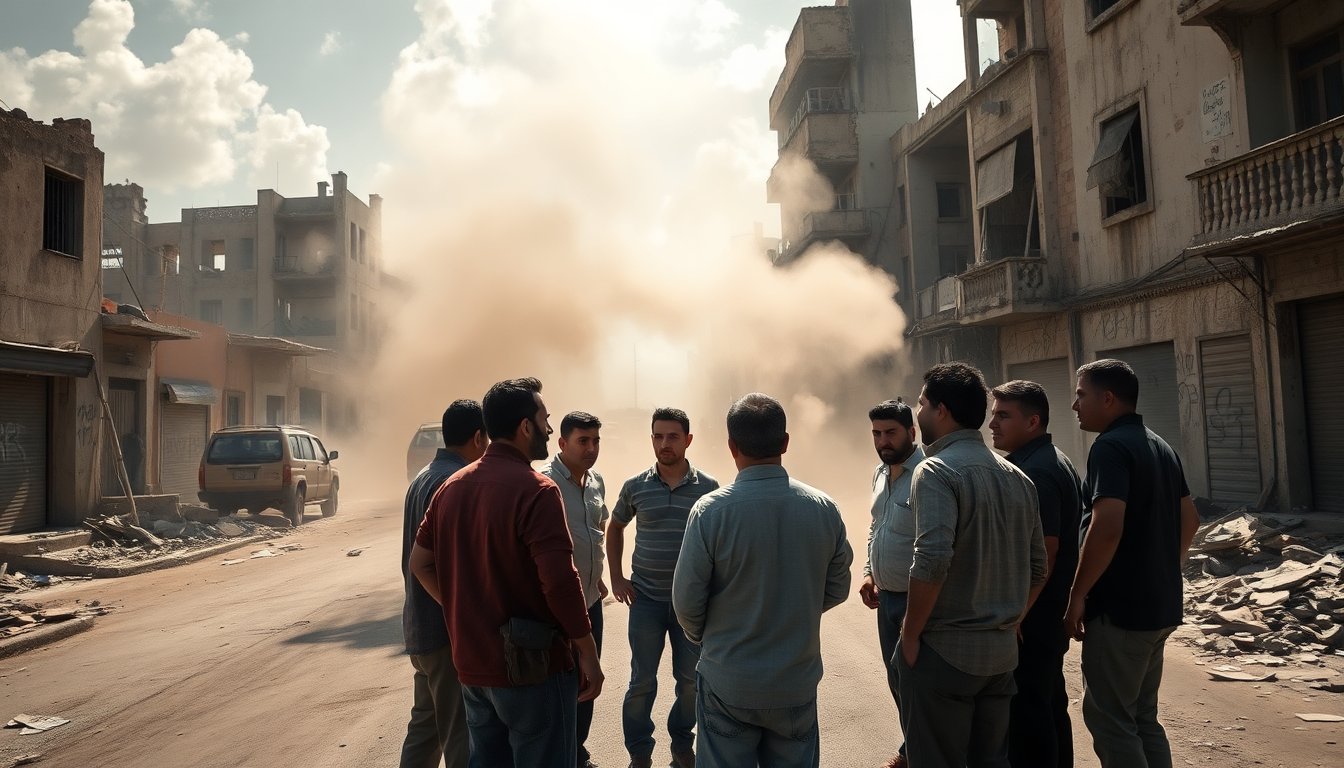Table of Contents
The recent withdrawal of Israel from Gaza has led to a troubling atmosphere in the region. Hamas has begun a harsh crackdown on its opponents, with reports of violent confrontations and public executions surfacing. This escalating violence has instilled a profound sense of fear among the local population. Observers are raising urgent concerns about internal conflicts that may spiral out of control.
Escalating violence and public fear
The recent withdrawal of Israeli military forces has triggered a notable increase in violence by Hamas against rival factions. Eyewitness accounts depict a chaotic atmosphere, with the sound of gunfire resonating through the streets. A local resident described the scene, stating, “I could hear gunfire all around,” underscoring the daily terror experienced by civilians.
This violent campaign seems designed to strengthen Hamas’s control over Gaza while eliminating threats from opposing groups. Such actions carry severe implications, intensifying the already volatile political environment and precipitating a humanitarian crisis as innocent bystanders become caught in the turmoil.
Public executions as a tool of intimidation
Public executions have emerged as a shocking instrument of repression in Gaza, serving as brutal displays of power by Hamas. These executions signal a grim warning to anyone who might oppose the organization’s authority. By carrying out these acts in public, Hamas aims to instill fear and effectively suppress dissent.
Impact on the local population
The psychological impact on Gaza’s residents is profound. The looming threat of violence, coupled with the risk of being caught in crossfire or facing execution, cultivates an atmosphere of despair. Many families live in a state of uncertainty, where safety remains elusive and trust in authorities continues to erode.
Human rights organizations are urgently calling for intervention, emphasizing the need for international attention to address the escalating violence and protect civilians. As the situation deteriorates, the potential for a humanitarian disaster becomes increasingly concerning.
Concerns over future violence
The cycle of violence initiated by Hamas raises critical questions about the future stability of the region. As internal conflicts intensify, the risk of internecine violence spiraling out of control increases. Observers warn that if these tensions remain unchecked, they could lead to a broader conflict, further destabilizing not only Gaza but also surrounding areas.
International implications
The implications of Hamas’s actions extend beyond Gaza’s borders. The international community is closely monitoring the situation, as a rise in violence could affect diplomatic relations and humanitarian efforts in the region. Activists emphasize that a unified response is essential to prevent further bloodshed and to support the people of Gaza in reclaiming their safety and rights.
As Hamas continues its violent campaign against dissenters, the urgency for intervention grows. Addressing this cycle of violence is crucial to ensuring the safety of civilians and preserving the potential for long-term peace.


